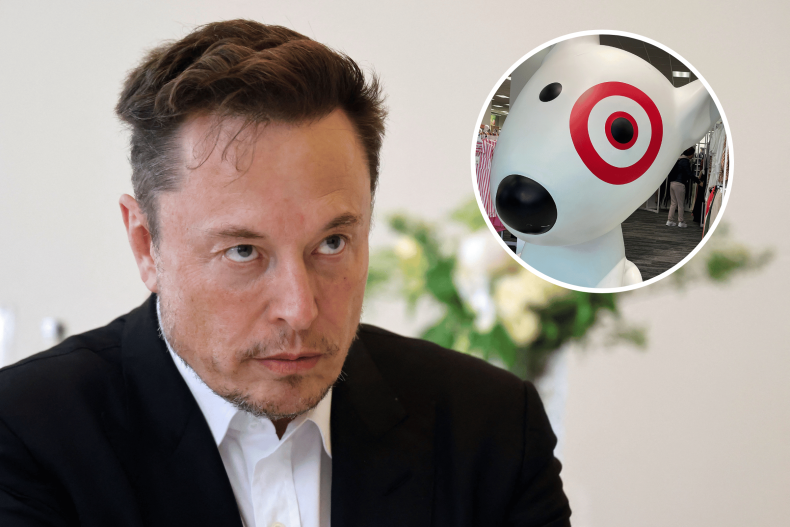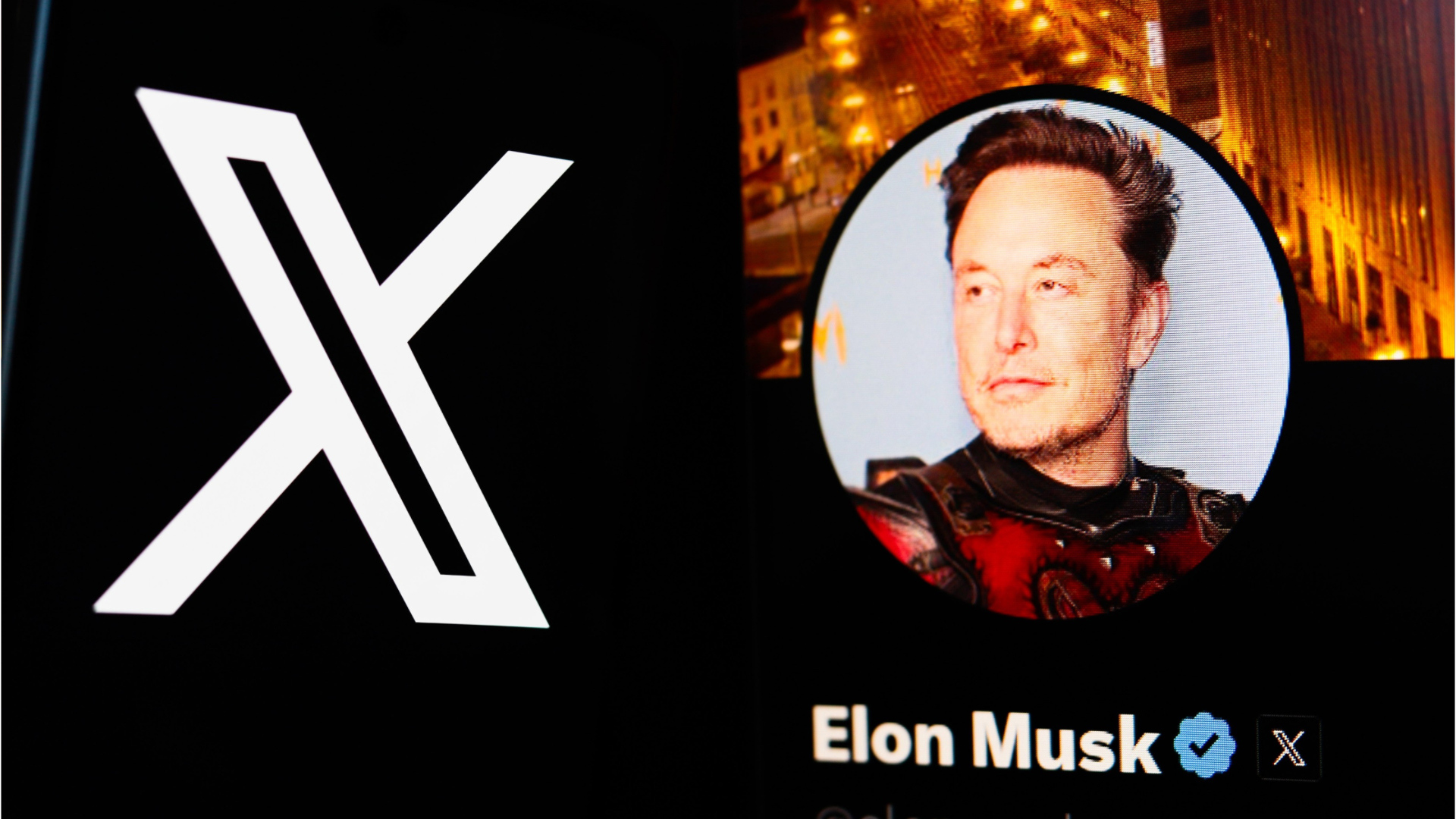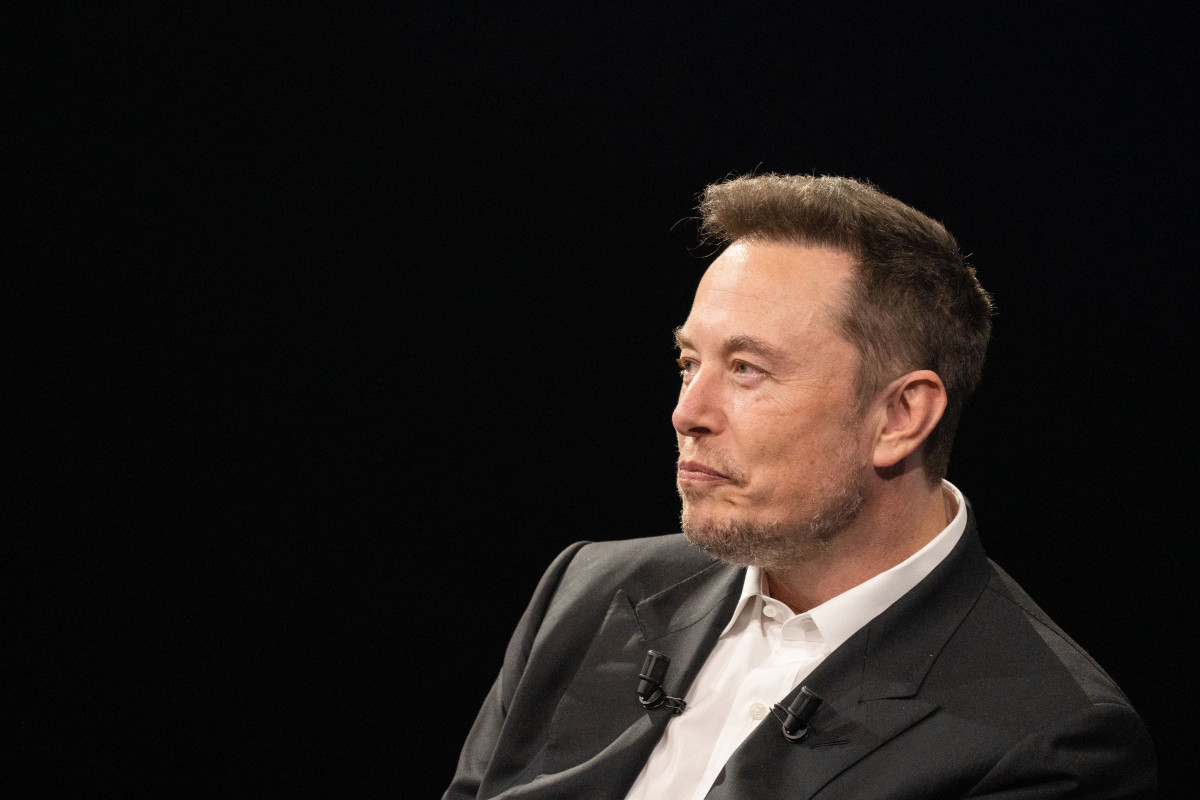Let’s talk about boycotting Elon Musk companies. Elon Musk has become one of the most polarizing figures in modern history, and his companies have sparked both admiration and controversy. Whether you love him or hate him, it’s undeniable that his influence is massive. But what if you’ve decided you want to take a stand against his businesses? This guide will walk you through how to boycott Elon Musk companies effectively while staying informed and ethical.
Elon Musk’s empire spans a wide range of industries, from electric cars with Tesla to space exploration with SpaceX, and even social media platforms like Twitter. With such a vast reach, boycotting his companies might seem overwhelming. But don’t worry, we’ve got your back. We’ll break this down step by step so you can make an impact without losing your mind.
This isn’t just about skipping Tesla cars or avoiding Twitter; it’s about understanding the broader implications of your actions. By the end of this guide, you’ll have a clear plan of action and the knowledge to make informed decisions. Let’s dive in!
Why Boycott Elon Musk Companies?
Before we jump into the how, let’s address the why. People choose to boycott Elon Musk companies for various reasons, and it’s essential to understand the motivations behind these decisions. Some common reasons include labor disputes, environmental concerns, ethical issues, and even personal disagreements with Musk’s leadership style.
For instance, Tesla has faced criticism over working conditions in its factories and allegations of unsafe practices. Similarly, SpaceX’s environmental impact has raised eyebrows, especially regarding rocket launches. These are just a few examples of why individuals might feel compelled to take a stand.
But here’s the thing: boycotting isn’t just about protesting; it’s about aligning your values with your actions. If you believe in fair labor practices, sustainability, or ethical business conduct, boycotting companies that don’t meet those standards can be a powerful way to express your beliefs.
Understanding Elon Musk’s Business Empire
Elon Musk’s influence stretches across multiple industries, and it’s crucial to know exactly which companies fall under his umbrella. Here’s a quick rundown:
- Tesla: Electric vehicles and renewable energy solutions.
- SpaceX: Space exploration and satellite internet services.
- Twitter: Social media platform (formerly known as X).
- Neuralink: Brain-computer interface technology.
- The Boring Company: Infrastructure and tunnel construction.
Each of these companies plays a significant role in Musk’s vision for the future, but they also come with their own set of controversies. Knowing which companies to target is the first step in an effective boycott.
Which Products Are Linked to Elon Musk?
Now that you know the companies, let’s dive into the products and services associated with them. This will help you identify everyday items that contribute to Musk’s businesses:
- Tesla: Model S, Model 3, Model X, Model Y, Cybertruck, Powerwall, Solar Panels.
- SpaceX: Starlink internet service, Falcon rockets, Dragon spacecraft.
- Twitter: The platform itself and its associated apps.
- Neuralink: Experimental brain implants (not yet consumer-ready).
- The Boring Company: Tunnel projects, flamethrowers, and merchandise.
By avoiding these products, you can significantly reduce your financial support for Musk’s ventures.
Step-by-Step Guide to Boycotting Elon Musk Companies
Boycotting isn’t as simple as just saying “no” to a few products. It requires a strategic approach to ensure your efforts are effective. Here’s a step-by-step guide to help you get started:
Step 1: Educate Yourself
Knowledge is power, and the more you know about Elon Musk’s companies, the better equipped you’ll be to make informed decisions. Research the controversies surrounding each company and stay updated on the latest developments.
For example, if you’re concerned about Tesla’s labor practices, look into specific incidents and employee testimonies. This will give you a deeper understanding of the issues at hand.
Step 2: Identify Your Priorities
Not all controversies are created equal. Determine which issues matter most to you and focus your efforts there. Whether it’s environmental sustainability, labor rights, or ethical governance, prioritize the causes that resonate with you.
Here’s a quick checklist to help you identify your priorities:
- Are you passionate about reducing carbon emissions?
- Do you care deeply about workers’ rights?
- Is data privacy a major concern for you?
Once you’ve identified your priorities, you can tailor your boycott accordingly.
Step 3: Find Alternatives
Boycotting isn’t just about saying no; it’s also about saying yes to better alternatives. For every product or service associated with Elon Musk, there’s likely a competitor or alternative that aligns more closely with your values.
Here are some examples:
- Electric Vehicles: Consider brands like Nissan, Hyundai, or Rivian.
- Satellite Internet: Look into Viasat or HughesNet.
- Social Media: Explore platforms like Mastodon or Bluesky.
By supporting these alternatives, you’re not only boycotting Musk’s companies but also promoting businesses that align with your beliefs.
Common Challenges in Boycotting Elon Musk Companies
Boycotting isn’t without its challenges, and it’s important to be aware of potential obstacles. Here are a few common issues you might encounter:
Challenge 1: Ubiquity
Elon Musk’s companies are everywhere, from electric cars on the road to satellites in orbit. Avoiding them entirely can be difficult, especially if you live in an area where Tesla dominates the EV market or Starlink is the only viable internet option.
To overcome this, focus on what you can control. If avoiding Tesla cars isn’t feasible, consider boycotting other aspects of Musk’s empire, like Twitter or Neuralink.
Challenge 2: Peer Pressure
Boycotting can sometimes lead to social awkwardness, especially if your friends or family are fans of Musk’s companies. It’s important to communicate your reasons clearly and respectfully.
Remember, you’re not trying to change everyone’s mind; you’re simply making a personal choice that aligns with your values.
Challenge 3: Perception of Impact
Some people may question whether boycotting actually makes a difference. While it’s true that individual actions might seem small, collective efforts can have a significant impact. Every dollar not spent on Musk’s companies is a dollar that could be spent elsewhere, supporting businesses that align with your values.
How to Spread Awareness
Boycotting is more effective when it’s a collective effort. Here’s how you can spread awareness and encourage others to join your cause:
Tip 1: Share Your Story
People are more likely to engage with a personal narrative than a generic message. Share your reasons for boycotting and how it aligns with your values. This could be through social media, blog posts, or even casual conversations.
Tip 2: Join or Create Communities
There’s strength in numbers, so consider joining or creating a community of like-minded individuals. Online forums, social media groups, or local meetups can be great places to connect with others who share your goals.
Tip 3: Use Social Media Strategically
While boycotting Twitter might seem counterintuitive, you can still use other platforms to raise awareness. Mastodon, Bluesky, and even traditional social media can be effective tools for spreading your message.
Measuring the Impact of Your Boycott
One of the biggest questions people have is whether boycotting actually works. The answer is yes, but it depends on how you measure success. Here are a few ways to gauge the impact of your efforts:
Indicator 1: Financial Impact
Boycotting reduces demand for products and services, which can lead to financial losses for companies. While individual boycotts might not make a dent, collective efforts can have a noticeable impact on sales and stock prices.
Indicator 2: Public Perception
Boycotts can also influence public opinion, putting pressure on companies to change their practices. When enough people speak out against unethical behavior, companies are more likely to listen.
Indicator 3: Policy Changes
In some cases, boycotts have led to tangible policy changes. For example, labor disputes or environmental protests have prompted companies to improve working conditions or reduce their carbon footprint.
Conclusion
Boycotting Elon Musk companies is a powerful way to express your values and make a difference. By educating yourself, identifying your priorities, and finding alternatives, you can take meaningful action against practices you disagree with. Remember, every small step counts, and collective efforts can lead to significant change.
We encourage you to share this guide with others and join the conversation. Whether you’re boycotting Tesla, SpaceX, or Twitter, your voice matters. Leave a comment below and let us know what you think. Together, we can create a more ethical and sustainable future.
Table of Contents
- Why Boycott Elon Musk Companies?
- Understanding Elon Musk’s Business Empire
- Which Products Are Linked to Elon Musk?
- Step-by-Step Guide to Boycotting Elon Musk Companies
- Step 1: Educate Yourself
- Step 2: Identify Your Priorities
- Step 3: Find Alternatives
- Common Challenges in Boycotting Elon Musk Companies
- Challenge 1: Ubiquity
- Challenge 2: Peer Pressure
- How to Spread Awareness
- Tip 1: Share Your Story
- Tip 2: Join or Create Communities
- Measuring the Impact of Your Boycott


